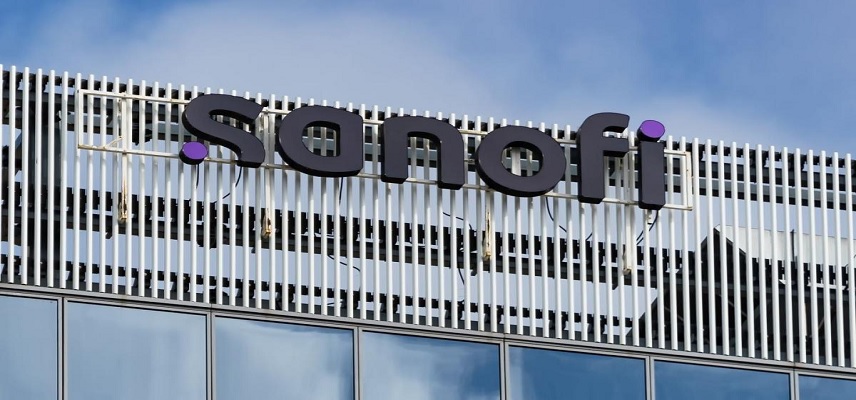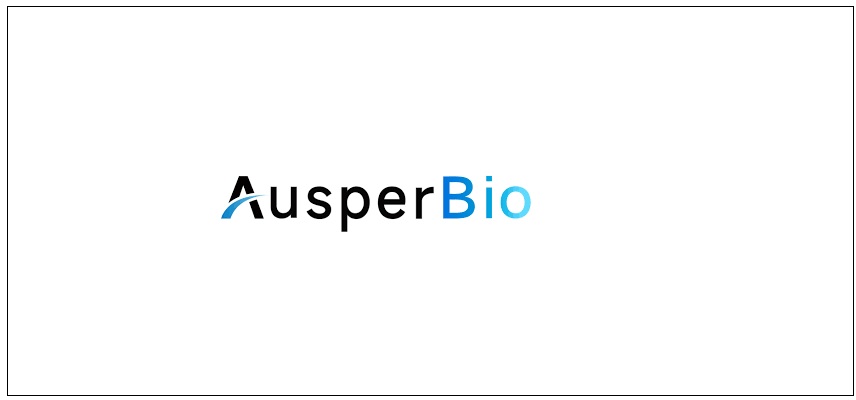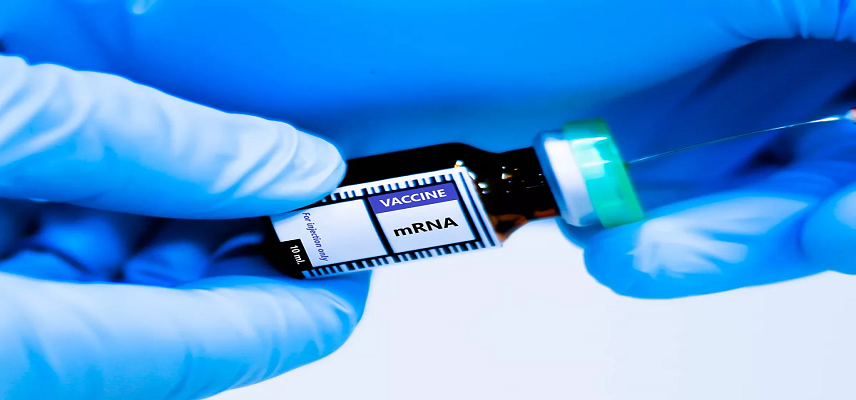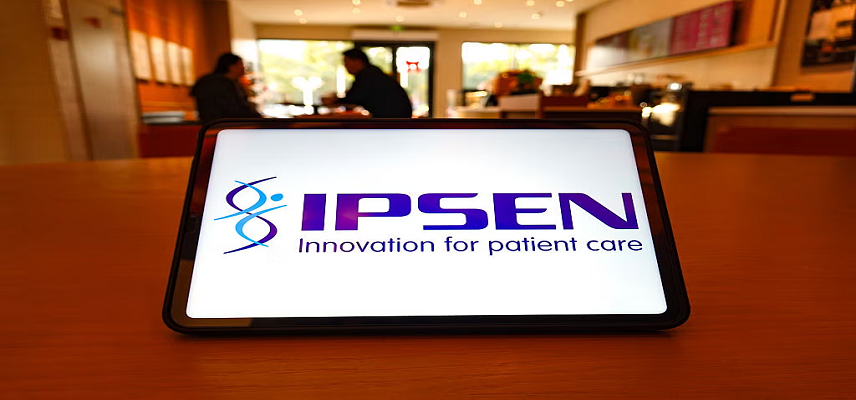Sanofi Announces Riliprubart One-Year Follow-Up From Phase 2 Study
Sanofi announces riliprubart one-year follow-up from phase 2 study underpin the potential as a first-in-class treatment in CIDP
Overview
Sanofi’s complement C1s inhibitor, riliprubart, showed encouraging efficacy and safety for participants with chronic inflammatory demyelinating polyneuropathy (CIDP) in the latest findings from an ongoing phase 2 study. In part A results at 24 weeks, riliprubart showed promising disease-controlling benefits, with improving or stable disease, including for participants who experienced failure or inadequate response to SOC treatment and participants with residual disability on SOC. In part B, after one year of additional follow-up, riliprubart continued to show promising disease-controlling benefits across all enrolled cohorts. Additional results showed that riliprubart improved participant-reported fatigue and quality-of-life measurements as well as biomarkers associated with CIDP disease progression. These data were presented at the 2024 Peripheral Nerve Society (PNS) Annual Meeting in Montreal, Canada.
From Hospital de la Santa Creu i Sant Pau
Luis Querol Gutierrez, MD, PhD, Department of Neurology, Hospital de la Santa Creu i Sant Pau, Barcelona, Spain, said: “Many people living with CIDP do not fully respond to available therapies or do not respond at all, demonstrating a significant unmet need for this community. These phase 2 data for riliprubart are encouraging, as they suggest that riliprubart’s unique mechanism of action reduces the overactive, damaging complement pathways that may drive disease progression.”
Words from Global Head of Neurology Development: Sanofi
- Erik Wallström, MD, PhD, global head of neurology development, Sanofi, said: “CIDP is a debilitating disease, often with challenging comorbidities, and nearly a third of patients fail to respond or do not adequately respond to available therapies.”
- “Our riliprubart CIDP study is the only evaluating a broad spectrum of participants, including those who experienced failure of standard-of-care therapy, as well as the first study to investigate neurofilament light chain levels as a key biomarker of CIDP progression. These results bring us hope that riliprubart may reduce disability and underlying nerve cell damage, further validating our ongoing CIDP phase 3 studies.”
Phase 2 Study
In the phase 2 study, participants with CIDP were divided into three cohorts:
- Participants living with CIDP with residual disability (SOC-treated),
- Participants living with CIDP who experienced an inadequate response or failure to respond to at least one line of treatment (SOC-refractory) and
- Participants who had never received a SOC treatment (SOC-naïve).
Participants were initially treated with riliprubart for 24 weeks (part A), followed by an optional treatment extension for an additional year of follow-up (part B).
Results From Part A and B Showed:
- For SOC-treated participants, 87% (42/48) improved or remained stable after switching from their previous SOC treatment to riliprubart after 24 weeks, including 52% (25/48) who experienced improvement above and beyond their previous therapy.
- 72% (29/40) sustained their response after an additional year of riliprubart treatment.
SOC-Refractory Participants
- For SOC-refractory participants, 89% (16/18) improved or remained stable with riliprubart after 24 weeks, with 50% (9/18) of this challenging cohort showing improvement.
- 89% (8/9) sustained their response after an additional year of riliprubart treatment.
SOC-naïve Participants
For SOC-naïve participants, 92% (11/12) improved or remained stable with riliprubart after 24 weeks, and 71% (5/7) sustained their response after an additional year of riliprubart treatment.
Riliprubart Impacts
- Riliprubart improved participant-reported fatigue and quality-of-life outcomes across all cohorts throughout the initial 24 weeks and an additional year of treatment.
- The outcomes included reductions in the RASCH-built Fatigue Severity Scale and improvements in the EuroQoL Visual Analogue Scale, a health-related quality of life assessment.
Riliprubart also reduced neurofilament light chain (NfL) levels across all three cohorts throughout the initial 24 weeks and additional year of treatment, indicating that riliprubart may reduce disease activity and the underlying damage to nerve cells.
Riliprubart: Safety Profile
- Riliprubart had a manageable safety profile throughout the study. Treatment-emergent adverse events (TEAEs) occurred in 64.6% (31/48) and 88.9% (16/18) of SOC-treated and SOC-refractory participants, respectively.
- Two deaths were reported in participants with significant medical comorbidities aside from CIDP.
- The most common adverse events across all cohorts (=12%) were headache, nasopharyngitis, and Covid-19.
Sanofi Trials for Riliprubart Safety Profile
Sanofi has initiated two global phase 3 studies evaluating the safety and efficacy of riliprubart in adults with CIDP who have failed or had an inadequate response to a SOC treatment (MOBILIZE, NCT06290128) and in adults with CIDP receiving maintenance treatment with intravenous immunoglobulin (VITALIZE, NCT06290141).
About CIDP
- CIDP is a rare neurological condition that causes progressive weakness and sensory impairment in the arms and legs.
- CIDP occurs when the body’s immune system attacks the myelin sheaths around nerve cells in the peripheral nervous system.
- Timely diagnosis and treatment of CIDP is important because it allows for appropriate treatment, which is essential to preventing long-term disability.
- However, despite available therapies, many individuals are left with residual symptoms, including weakness, numbness, and fatigue that can lead to long-term morbidity and diminished quality-of-life.
- Approximately 30% of people with CIDP do not respond to standard therapies.
- In people with CIDP who do respond, about 70% of the response is considered incomplete.
- Less than one-third of participants with CIDP remain in remission without continued therapy.
Phase 2 Study
The phase 2 study is a global, multicenter, open-label study evaluating riliprubart in participants with chronic inflammatory demyelinating polyneuropathy (CIDP) across three cohorts:
- Participants who are receiving a SOC treatment with residual disability (SOC-treated),
- Participants who had failed or had an inadequate response to a SOC treatment (SOC-refractory) and
- Participants who had never received a SOC treatment (SOC-naïve). Participants undergo 24 weeks of treatment (part A), followed by an optional treatment extension for 52 weeks (part B).
In part A, the primary endpoint for the SOC-treated group is the percentage of participants who relapse after withdrawal of SOC and during the riliprubart treatment period.
For the SOC-refractory and SOC-naïve groups, the part A primary endpoint is the percentage of participants responding during the riliprubart treatment period.
In part B, the primary endpoint across all groups is the long-term safety and tolerability of riliprubart.
Secondary endpoints include additional efficacy, safety, and tolerability measures. SOC treatment is immunoglobulins or corticosteroids.
About Riliprubart
- Riliprubart (SAR445088) is a potential first-in-class, IgG4 humanized monoclonal antibody that selectively inhibits activated C1s in the classical complement pathway of the innate immune system.
- By blocking C1s, riliprubart has the potential to inhibit key inflammatory mechanisms that drive demyelination and axonal damage in chronic inflammatory demyelinating polyneuropathy (CIDP).
- Riliprubart is currently under clinical investigation, and its safety and efficacy have not been evaluated by any regulatory authority.
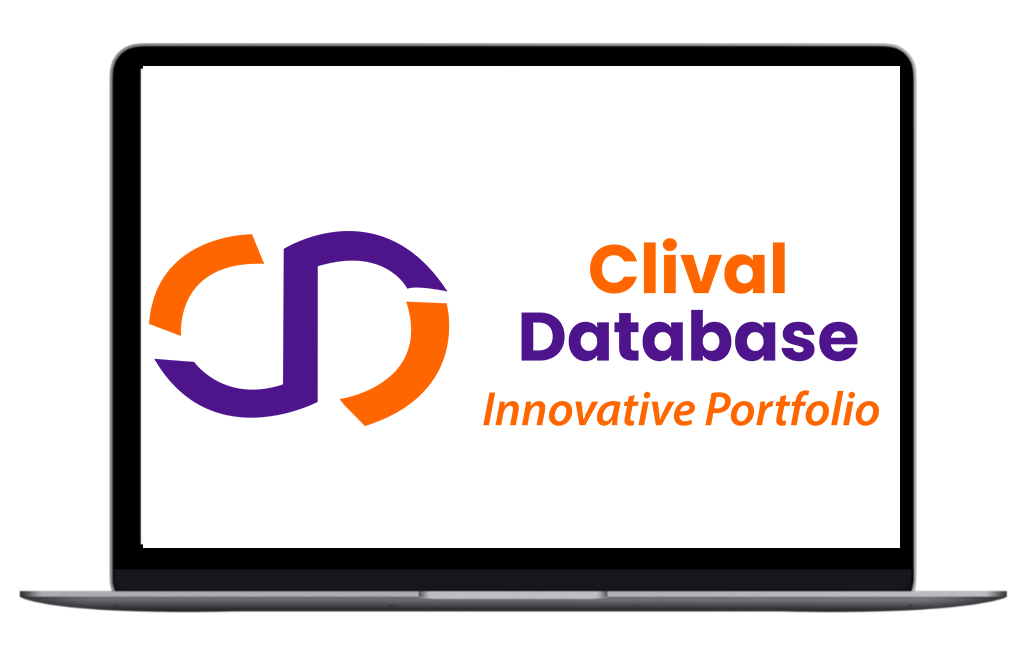
Optimize Your trial insights with Clival Database.
Are you exhausted from the uncertainty of trial insights pricing? Clival Database ensures the clarity in the midst of the global scenario for clinical trials to you.Clival Database is one of the best databases that offers an outstanding number of clinical trial data in terms of 50,000+ molecules and from primary regulatory markets as well as new entrants like Indian and Chinese markets.
With Clival, you get accurate positioning of historical sales data, patent database, company profiling, safety & efficacy, and prediction of launch of new innovative molecules helping you to align your research and driving down the cost.
To add value, we further break down our analytics for you so that improving your operational effectiveness; optimizing your clinical trials; and offering you accurate and high-quality data at lowest possible prices becomes possible.
Elevate your trial success rate with the cutting-edge insights from Clival database.
Check it out today and make more informed sourcing decisions! Learn More!

